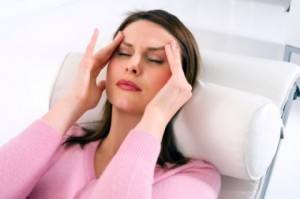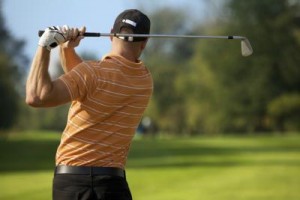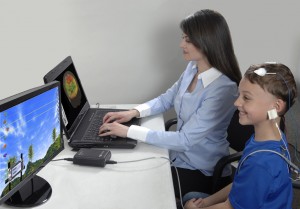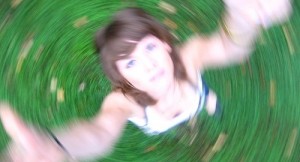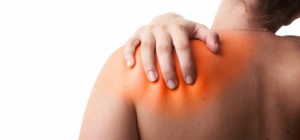 If you find yourself waking, bleary-eyed every morning when the alarm goes off, your health could be at risk. The NHS website has published figures indicating that lack of sleep is the cause of health problems in more than 30% us.
If you find yourself waking, bleary-eyed every morning when the alarm goes off, your health could be at risk. The NHS website has published figures indicating that lack of sleep is the cause of health problems in more than 30% us.
Johan Jeronimus, an Ealing Chiropractor and founder of the Neuroworks clinic tells us that for Chiropractors with a Neurological focus these statistics are very worrying because sufficient, restful, sleep is so important for the health of our brains.
Many of us have poor quality sleep, finding it difficult to get to sleep or to stay asleep. Johan explains that there may be a number of causes for this. It may be that external noise is keeping us awake, or the stress of hectic lives, juggling work, home and family and trying to balance the budget.
For many, a physical health problem is disrupting sleep, causing poor or insufficient sleep on a regular basis. Johan points out that for a significant number of those affected, pain arising from a biomechanical problem, is the culprit. This type of pain usually responds well to Chiropractic treatment.
If pain or causing restless sleep or preventing sleep, please call to arrange an appointment on 020 8566 3757 – it could be your first step to a better night’s sleep!
Is Your Health Suffering Due to Lack of Sleep?
Can you remember the last time you got a solid eight hours’ sleep? Is the ‘norm’ for you a night where you a) lay awake for ages trying to go off to sleep or b) wake up in the early hours and find it impossible to get back to sleep? If so, the following checklist may be helpful in re-establishing a healthy sleep pattern.
Are any of these factors preventing restful sleep?
Pain: Sometimes back pain, neck pain, hip pain, headaches and arthritis keep us awake. For many, the cause of the pain is either, the wrong mattress, a pillow that is not providing correct support for the head and neck or sleeping in the wrong position.
Lack of exercise: It is hard to be motivated to exercise if we are exhausted through lack of sleep but, experts agree that exercising most days and including some slightly more strenuous activity that raises the heart rate really helps to promote restful sleep.
Irregular bedtime/getting up time: You can help yourself to get off to sleep and to stay asleep by maintaining regular going to bed and getting up times. Sticking to the same routine during the week, weekends and holidays helps to establish a pattern (although we are not suggesting that you never indulge in a lie-in!).
Too many distractions from mobiles, tablets or laptops: Leaving these gadgets in the living room will avoid additional stress and brain stimulation in the ‘wind-down’ time before falling asleep. The blue light from these gadgets also inhibits the production of the ‘sleep hormone’, Melatonin.
Daytime napping: It can be tempting to relieve exhaustion during the day by taking a nap. Napping late afternoon can make falling asleep at bedtime harder. A short nap in the early afternoon is probably the best solution.
Make Your Bedroom Sleep-Friendly
Too many of us collapse exhausted on our beds in a cluttered room with thin curtains that do not exclude light – our bedrooms are often too warm or too cold and our beds are often the wrong size for us or have an old, saggy, uncomfortable mattress!
Do yourself a favour! Take a long look at your bedroom:
- Is it a calming restful space that is clean and clear of clutter?
- Is it at a comfortable temperature, cool enough for restful sleep?
- Is it dark enough to avoid you waking too early when it begins to get light outside?
- Is it quiet?
- Is your bed comfortable with a mattress and pillow that provide adequate support?
If you have answered ‘no’ to any of the above, you owe it to your health to do something about it. Remember, lack of sleep can cause elevated stress, cognitive problems as well as physical health problems.
Cleaning and tidying your bedroom, adding blackout blinds or wearing a sleep mask and using earplugs to keep out noise, are just some of the simple, inexpensive things you could do to promote better sleep. Before you invest in a replacement bed though, check with your Ealing Chiropractor. He can advise you on an appropriate mattress and pillow to support your spine and neck in the correct position. In addition, if pain with a biomechanical cause is keeping you awake, Chiropractic could be the answer.


